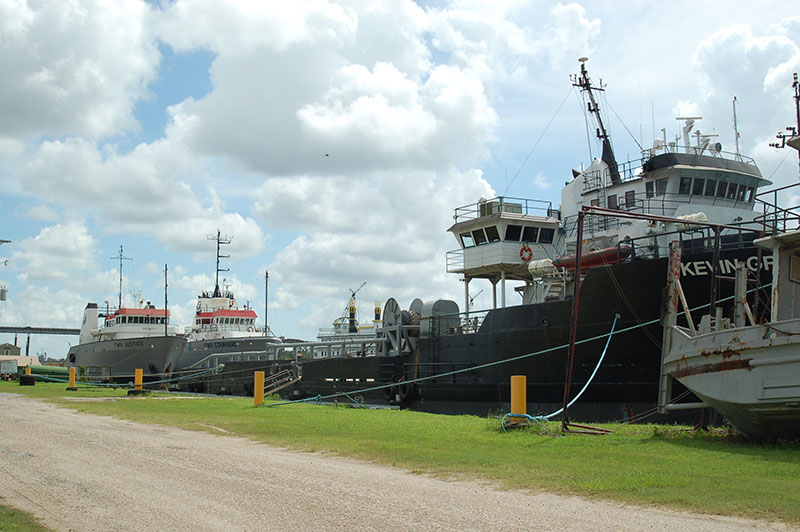(Bloomberg) — While oil drillers in U.S. shale basins are starting to see business come back, their offshore brethren will have to wait for prices to surge well above $60 a barrel.
U.S. offshore operators like Diamond Offshore Drilling Inc. and Atwood Oceanics Inc. are down more than 15% in the last month, as companies focus on onshore oil that reaps better returns. With oil trading near $53 a barrel, firms are looking toward booming plays like the Permian Basin in West Texas and the Scoop and Stack formations in Oklahoma, according to Marc Edwards, Diamond Offshore’s chief executive officer.
“From an operator perspective, they still have choices as to how they deploy their capital. And, of course, I think, we all understand that right now competing with the unconventional place is quite difficult from a deepwater perspective,” Edwards said. “In the short run, if oil stays in a range bound, let’s say $50 to $55, I think you’ll see our clients’ capital still have a propensity to be to deployed to unconventional light-tight oil onshore.”
Members in the Bloomberg Intelligence Global Offshore Drilling Competitive Peers Index sank 5% Monday. As demand continues to fall and the number of idle rigs rises, the offshore drilling industry remains a few years away from a rebound, Atwood Oceanics management said on a call with investors and analysts.
“The idea of $60 oil pushing producers to go offshore might be optimistic, ” David Anderson, an analyst at Barclays Plc, said by phone. “Even though the costs and the time to market have come down, offshore is nowhere near as enticing as onshore drilling.”
Onshore Recovery
While offshore drillers are using the same number of rigs as a year ago, onshore focused companies are continuing to add rigs and expand production. U.S. drillers are continuing to boost production, adding 267 rigs in the last eight months, according to Baker Hughes Inc. data reported on Friday.
The Permian Basin has seen production double and a jump in merger activity as companies that are operating in the region are taking advantage of breakeven levels that are much lower than their deepwater competitors.
“What we’re seeing, especially today, is a recognition that onshore and offshore drilling are in two separate cycles that are moving at very different paces,” said Anderson.
Bloomberg News by Bailey Lipschultz





